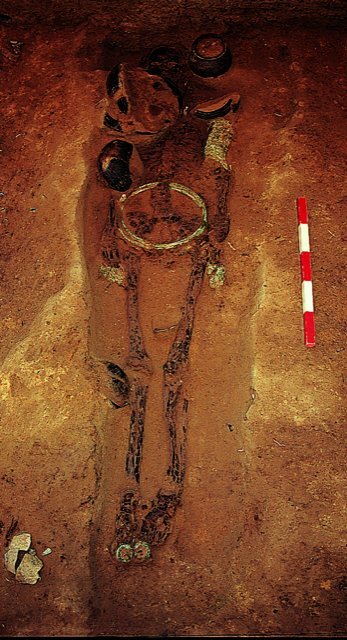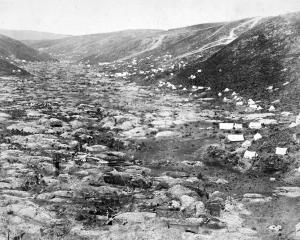
I have been a fortunate recipient of Marsden grants about five times and one of my projects was designed to explore one of the key changes in human social evolution, the origins of social inequality. How does an ambitious and self-seeking individual attain power over others? To answer, you have to dig into the past, literally.

Since then, our explanation for how those men were buried with such finery has called on related finds. They lived when the climate became much drier, harming their rice yields. So what did they do? A leader galvanised his contemporaries to dig banks that created massive moats. River water flowed into the moats, and then via canals into the irrigated rice fields. Those who owned this improved land, we surmise the man with the golden ear ornaments for example, began to dominate the less wealthy. They had found the high road to private ownership and exalted status.
Within a century or two, their descendants had adopted exotic Sanskrit names taken from contacts with South Asian traders and missionaries who travelled along the maritime Silk Road. They built fine palaces and great reservoirs, and had their achievement recorded on their stone inscriptions. There, they cited themselves, and the lower classes under their sway, and it all ends up in a name. One king was named Jayavarman, "the protege of victory", and a contemporary field labourer was called Black Monkey.











